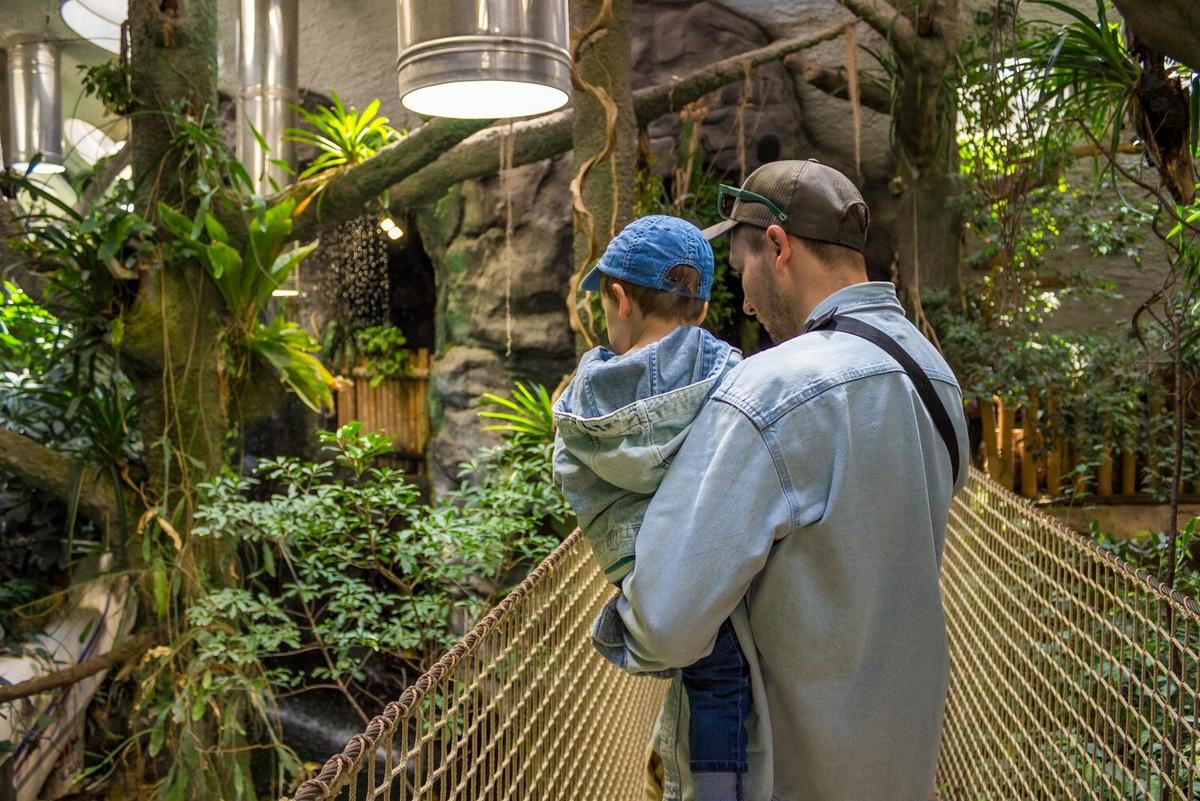Urban Biodiversity: Protecting Wildlife in Concrete Jungles
Amidst the towering skyscrapers and bustling streets, urban biodiversity quietly thrives, weaving a tapestry of life within our concrete jungles. As cities continue to expand, understanding and protecting this urban wildlife is crucial for maintaining ecological balance and enhancing our quality of life.

Amidst the towering skyscrapers and bustling streets, urban biodiversity quietly thrives, weaving a tapestry of life within our concrete jungles. As cities continue to expand, understanding and protecting this urban wildlife is crucial for maintaining ecological balance and enhancing our quality of life.
Understanding Urban Biodiversity
Urban biodiversity refers to the variety of living organisms found in urban areas, including plants, animals, and microorganisms. Contrary to popular belief, cities can host a surprising range of species. According to a study published by the University of California, urban areas can support as much as 20% of the world’s bird species and 5% of its plant species.
Why It Matters
Urban biodiversity is vital for several reasons. It contributes to ecosystem services such as air and water purification, climate regulation, and pollination. Moreover, it enhances the aesthetic and recreational value of urban spaces, contributing to residents’ mental and physical well-being.
“Biodiversity in cities is not just possible; it’s essential,” says Dr. Nathalie Pettorelli, a senior research fellow at the Zoological Society of London.
Challenges to Urban Wildlife
Cities pose unique challenges to wildlife, including habitat fragmentation, pollution, and human-wildlife conflicts. For instance, the bright lights and noise can disrupt the natural behaviors of nocturnal animals, while roads and buildings can serve as barriers to movement.
Table: Common Urban Wildlife Challenges
| Challenge | Description |
|---|---|
| Habitat Fragmentation | Divides habitats, reducing space for wildlife. |
| Pollution | Affects air, water, and soil quality. |
| Light Pollution | Disorients nocturnal animals. |
| Noise Pollution | Disrupts communication and mating calls. |
| Human-Wildlife Conflict | Can lead to injury or death for wildlife. |
| Invasive Species | Outcompete native species for resources. |
| Climate Change | Alters habitats and resources availability. |
| Urban Heat Island Effect | Increases temperature, affecting species survival. |
Promoting Urban Biodiversity
There are several effective strategies for supporting urban wildlife:
- Creating green corridors to connect fragmented habitats.
- Implementing green roofs and walls to provide habitat space.
- Reducing light and noise pollution through smart city planning.
- Encouraging native plant gardening to support local species.
Success Stories
In many cities, initiatives are already underway to foster urban biodiversity. For example, Toronto’s Ravine Strategy aims to protect and restore its network of ravines, which serve as vital corridors for wildlife. Similarly, Berlin is renowned for its extensive green spaces that support a diverse array of species, proving that urban environments can be designed to coexist with nature.
Frequently Asked Questions
How can individuals contribute to urban biodiversity?
Individuals can participate by planting native gardens, reducing pesticide use, and supporting local conservation initiatives.
What role do city planners play in biodiversity?
City planners can incorporate wildlife-friendly designs, such as green roofs and permeable surfaces, into urban development projects.
Conclusion
Urban biodiversity is not merely a possibility but a necessity for sustainable city living. By understanding the importance and challenges of urban wildlife, and taking actionable steps, we can create cities that are not only livable for humans but also hospitable for a diverse range of species. Embrace the opportunity to make a difference in your local environment, and witness the benefits of a thriving urban ecosystem firsthand.